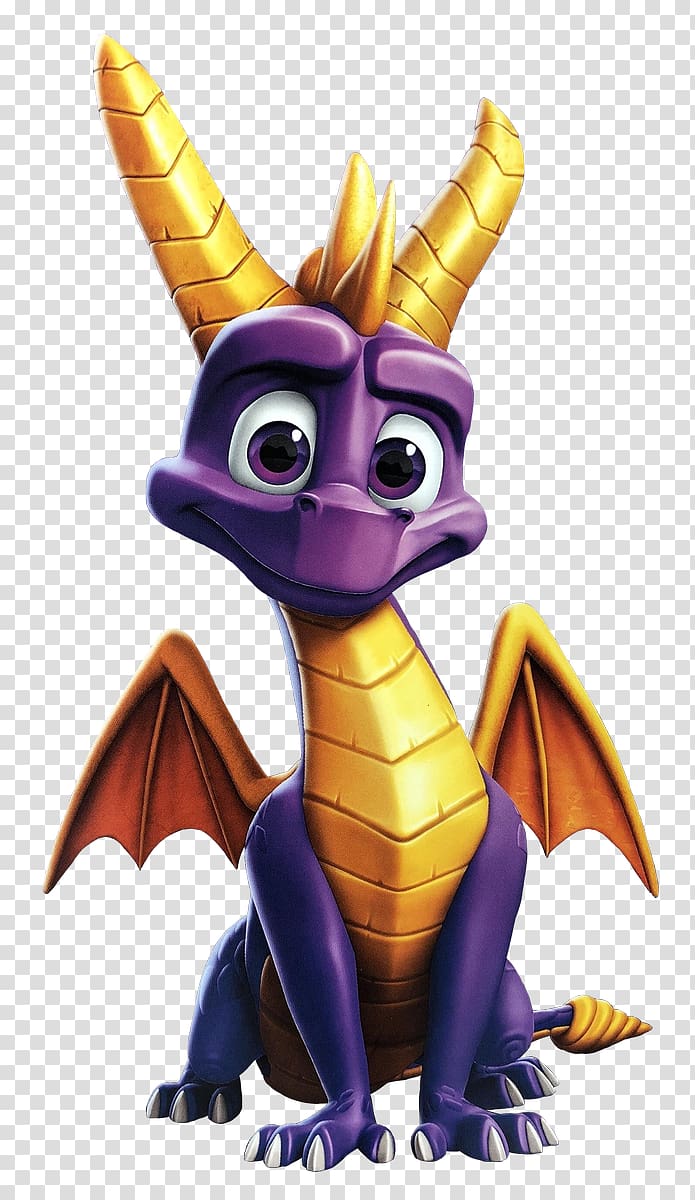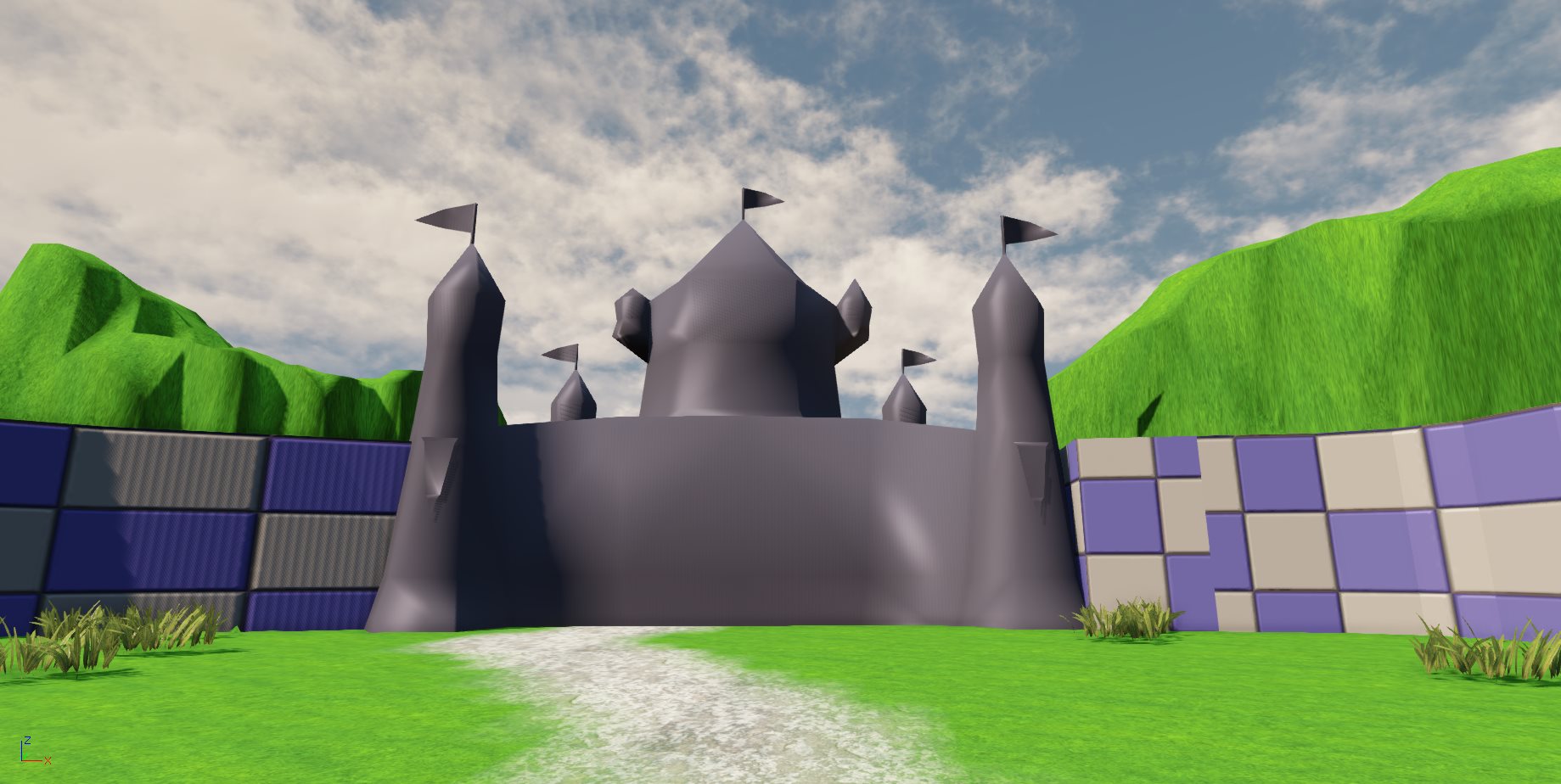



The levels in Spyro the Dragon are open-ended, and revolve around exploring and obtaining various collectible items to progress forward in the game. In addition to regular platforming stages, each Homeworld contains a boss fight and a hidden flight stage that involves flying throughout an environment and destroying a number of objects. The player must progress from one Homeworld to the next by talking to a balloonist, who transports Spyro to the next world on a hot air balloon after the player has found the required collectibles in the current given world. Worlds consist of six dragon "home worlds", each of which acts as a dedicated HUB, containing portals that serve as gateways to different levels. Spyro the Dragon is a 3D platform game the player controls the titular character as he ventures across the realms of the Dragon World to defeat the antagonistic Gnasty Gnorc, as well as rescue his fellow dragons and recover all of their stolen treasure. Gameplay on a Sony PlayStation showing Spyro and his companion Sparx in the first boss level "Toasty". The game, alongside its two successors, was later remade as part of Spyro Reignited Trilogy in 2018.
Spyro the dragon artisans series#
Although Insomniac gave up the development rights to the Spyro series following the third game, the success of the PlayStation titles lent itself to a continued series of games across various platforms. The game established Spyro as a well-known platforming mascot on the PlayStation alongside Crash Bandicoot, and two sequels, titled Spyro 2: Ripto's Rage! and Spyro: Year of the Dragon, were later released for the PlayStation in 19, respectively. Critics praised the game's graphics and gameplay, while some noted its low difficulty level. Although sales were initially sluggish, it found larger success following the advent of the 1998 holiday season, and went on to sell nearly 5 million copies worldwide. Spyro the Dragon was released by Sony Computer Entertainment as part of a general effort to reach out to a younger age demographic and compete with the more popular kid's platform, the Nintendo 64. Stewart Copeland, the former drummer for The Police, composed the game's music, and the titular character was voice acted by Carlos Alazraqui, alongside additional voices done by Clancy Brown, Michael Gough and Jamie Alcroft. The game was one of the first on the PlayStation to utilize shifting levels of detail among rendered objects, thanks to a panoramic engine developed by Alex Hastings which allowed the game's open-ended nature to be fully realized. Taking inspiration from the film Dragonheart, the game started out as a more mature title with a dark and realistic approach, but the direction was shifted to have a more whimsical and light-hearted tone to appeal to a wider market of consumers. Artist Craig Stitt suggested a game about a dragon, and work began on a new game. Spyro the Dragon started development following the release of Insomniac's debut game, Disruptor, which sold poorly but was generally praised by critics, impressing Universal Interactive enough to encourage them to make a second game. Spyro's abilities as a dragon include fire breath, a head-on charging attack, and a mid-air glide which he can use to scale large distances, all of which must be used strategically to find items and defeat enemies.

Spyro the Dragon is an open-ended 3D platformer, featuring large, sprawling levels in which the player must locate collectable items, among which are gemstones, crystallized dragons, and stolen dragon eggs. The first game in the Spyro series, it stars the title character, a young purple dragon named Spyro, and his dragonfly friend, Sparx, who must journey across the Dragon Kingdom to defeat Gnasty Gnorc, who has overtaken the 5 dragon Homeworlds by trapping the other dragons in crystal and turning their hoard of gems into an army of minions. Spyro the Dragon is a platform game developed by Insomniac Games and published by Sony Computer Entertainment for the PlayStation on September 9, 1998.


 0 kommentar(er)
0 kommentar(er)
